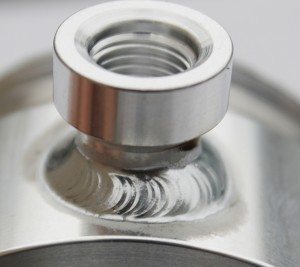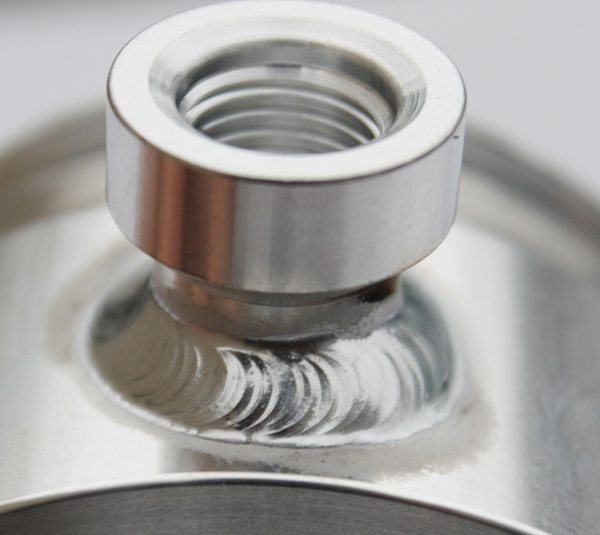- TIG Welding
- 09.01.2013
- hand, improve, skills, TIG welding, welding
5 Helpful Tips to Improve Your TIG Welding Skills
TIG welding is versatile
 TIG welding might be a slow process but it most definitely is a very versatile one. Among all the other welding processes, it just might be the only one that is able to handle the most variety of materials, even those that are heavy-alloyed and toxic. TIG welding is also best for thin materials, thanks to its low heat input which prevents burn-throughs. And as if all these are not good enough, this welding process yields the highest quality welding, no matter what application.
TIG welding might be a slow process but it most definitely is a very versatile one. Among all the other welding processes, it just might be the only one that is able to handle the most variety of materials, even those that are heavy-alloyed and toxic. TIG welding is also best for thin materials, thanks to its low heat input which prevents burn-throughs. And as if all these are not good enough, this welding process yields the highest quality welding, no matter what application.
Just because TIG welding yields the most positive results, it does necessarily mean that you can simply rely on your training and practice. Patience and efficiency are just as important as well. Below are some tips to help you improve these.
Use an inverter during TIG welding
The use of an inverter power source greatly improves your efficiency in TIG welding, providing you with a smooth arc for a consistent welding performance. Through this, the focus of the arc is narrowed, creating a narrower weld bead and minimizing the heat-affected zone. Thus, you are able to complete the welding job at a faster speed. Inverters also have a balance control feature, something that is very useful when working with aluminum. This will also allow you to finish the job faster.
Choose the right torch
The right TIG torch will help you have an efficient welding job. First of all, you need to select a torch that has good insulation. Also determine whether you will need a TIG torch that is water or air-cooled. Water-cooled are best for applications over 200 amps while air-cooled is used for low amps. Finally, consider what you will weld. If you will work for something that will require you to do some maneuvering, it would be best to pick a TIG welding torch that has a flexible neck.
Protect yourself
If it is at all possible, use gas lens as they will improve shielding gas coverage as well as offer you better joint accessibility (which should greatly improve your TIG welding efficiency. These lenses evenly distributes gas to help in the prevention of oxygen contamination as well as allow you to properly work in those heard-to-reach areas like the “K”, “T” and “Y” joints.
Avoid overwelding
Overwelding will greatly improve your efficiency in TIG welding and (probably more importantly) help you save on cash. This occurs when you put more weld metal in a particular joint then necessary because of a number of factors. To prevent this, you need to ensure that the joints of your welding project are not over-designed. Close fit-up and proper joint preparation are your best defenses against overwelding.
Get to the point
The type of tungsten that you will use will depend on your power source and material to be weld. The type and shape of the tungsten can have a big impact on your TIG welding efficiency. For DC and AC welding (with an inverter), a pointed or truncated tip is best. For lower amperage on thin materials, grind the tungsten to a point. On the other hand, grinding the tungsten to a truncated tip will be best of higher amp applications.
Remember that no TIG welding (or any welding operation for that matter) job yields a perfect result. However, if you want one that is near perfect, contact. With thirty years of experience under our belt, we have been creating the highest quality parts for a variety of technologies. We have been a Boeing approved supplier for more than three decades so we should be able to take on any TIG welding job with the best quality results.


 You MUST Ask BEFORE Hiring a Welding Company – So You Can Avoid Wasting Your Time AND Hard-Earned Dollars”
You MUST Ask BEFORE Hiring a Welding Company – So You Can Avoid Wasting Your Time AND Hard-Earned Dollars” 
Keep in Touch